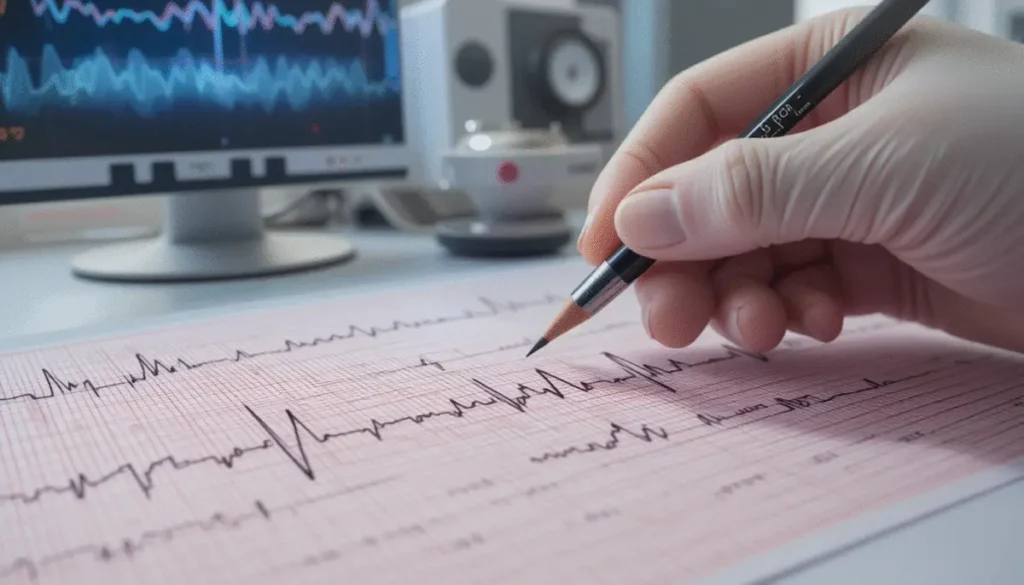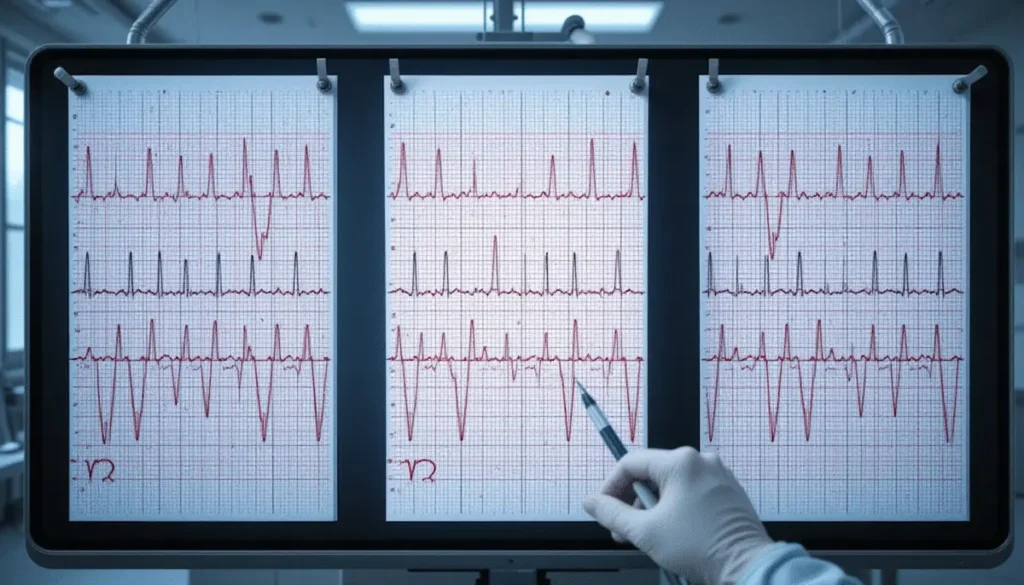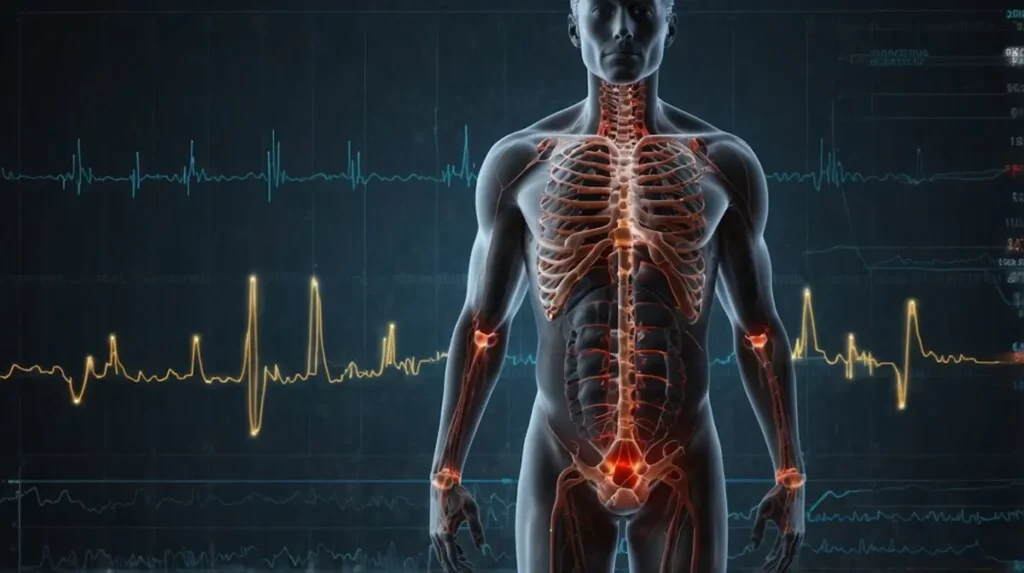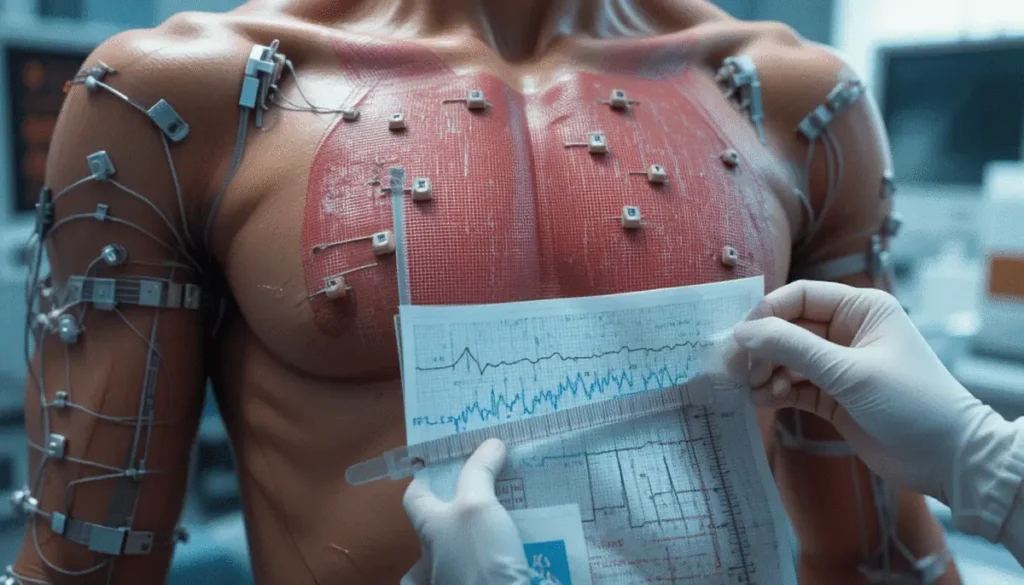Clinical Trials: Study Designs, Phases & Key Concepts – Explained for Medical Students
Clinical trials are a cornerstone of evidence-based medicine. In this post, we’ll explore what clinical trials are, how they are structured, and the different phases involved — all in a simple, clear, exam-relevant format. Whether you’re preparing for the USMLE, NEET PG, or just aiming to strengthen your clinical concepts, this guide is for you. […]
Clinical Trials: Study Designs, Phases & Key Concepts – Explained for Medical Students Read More »










